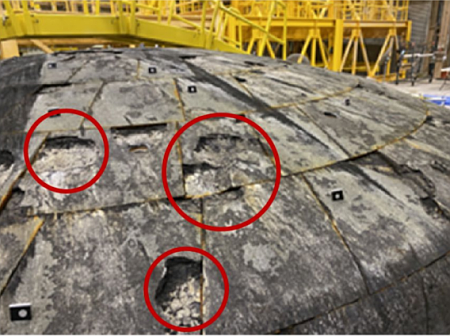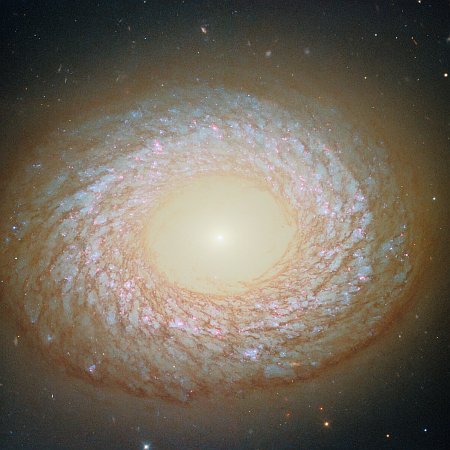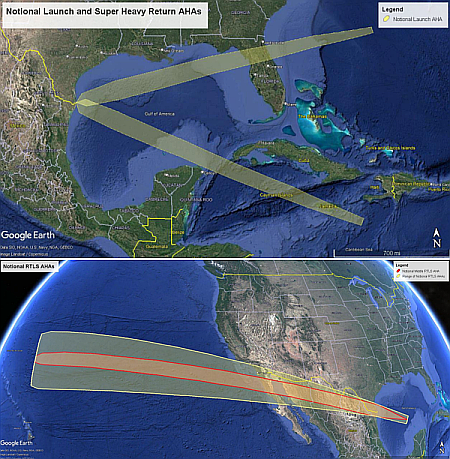Another day, another leftist sniper; Another day, another Democrat incites violence
The madness from the left continues: A rooftop sniper who had engraved “anti-ICE” messages on his ammunition today killed on one and injured two in Dallas before killing himself.
The now-deceased shooter who targeted a Dallas, Texas ICE facility wrote “anti-ICE” messages on his rounds, according to the FBI.
Three people at an ICE facility were shot by a gunman on the roof of an adjacent building on Wednesday morning. The victims were reportedly detainees, though law enforcement did not confirm this on Wednesday. Authorities did confirm, however, that no officers were injured in the shooting. One of the victims died at the scene, and the shooter died of a self-inflicted gunshot wound.
At this same Dallas ICE facility last month a man was arrested when he claimed he had a bomb in his backpack. Nor are these recent attacks limited to this one facility.
This incident comes just two weeks after a threatening letter with a white powdery substance was sent to an ICE office in New York City. Less than a week ago, a violent rioter was charged with assault in San Francisco after he threatened to stab an ICE officer and harm his family,” a DHS senior official said in a statement about the incident at the time.
In another case six anti-ICE vandals have been charged in a shooting at a different ICE facility in Texas in July.
According to federal court documents, police initially responded to reports of vandalism at the facility, with several cars spray-painted with anti-immigration statements. However, when authorities arrived on the scene, one was shot in the neck. Authorities said the officer who was shot survived.
Meanwhile, California governor Gavin Newsom last night continued the Democratic Party’s vicious rhetoric that has encouraged this behavior by saying on Stephen Colbert’s leftwing propaganda show that ICE is President Trump’s “private domestic army.” Nor did Newsom stop there.
» Read more

















